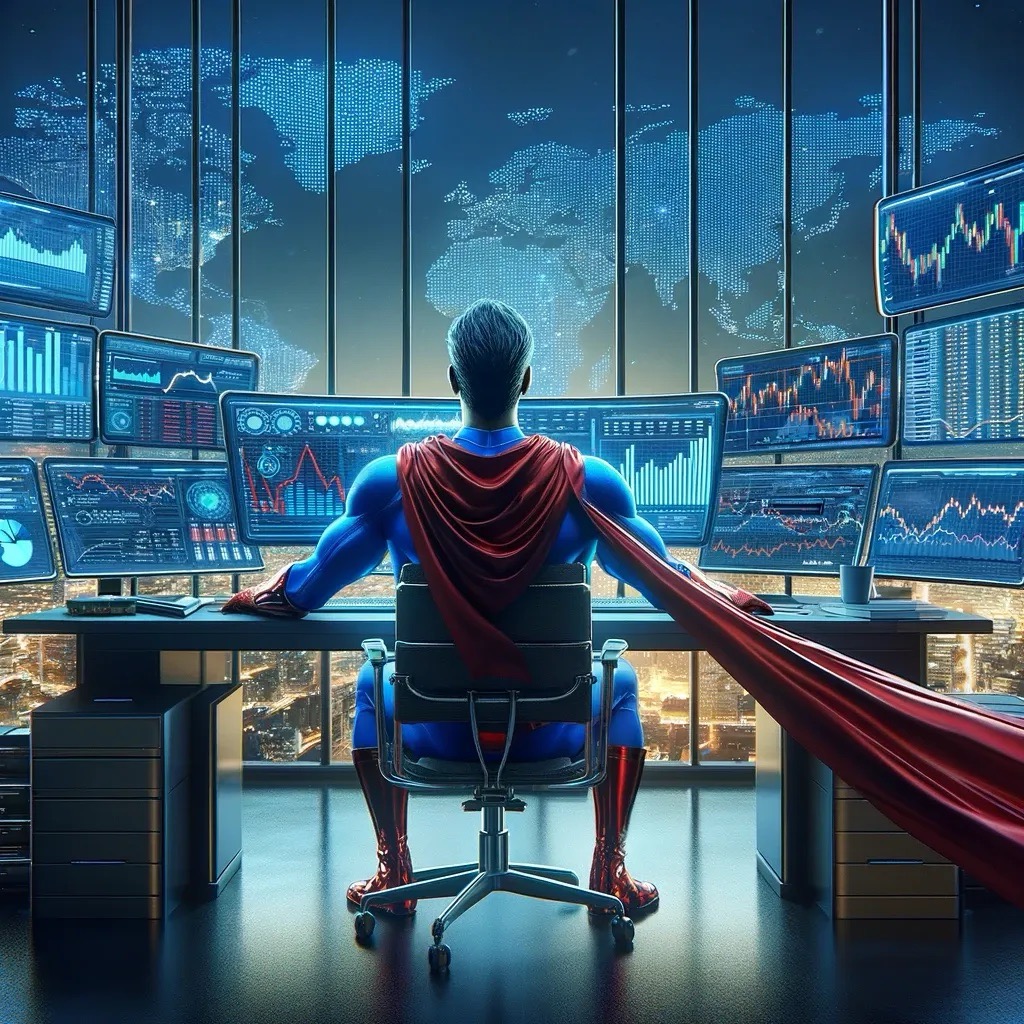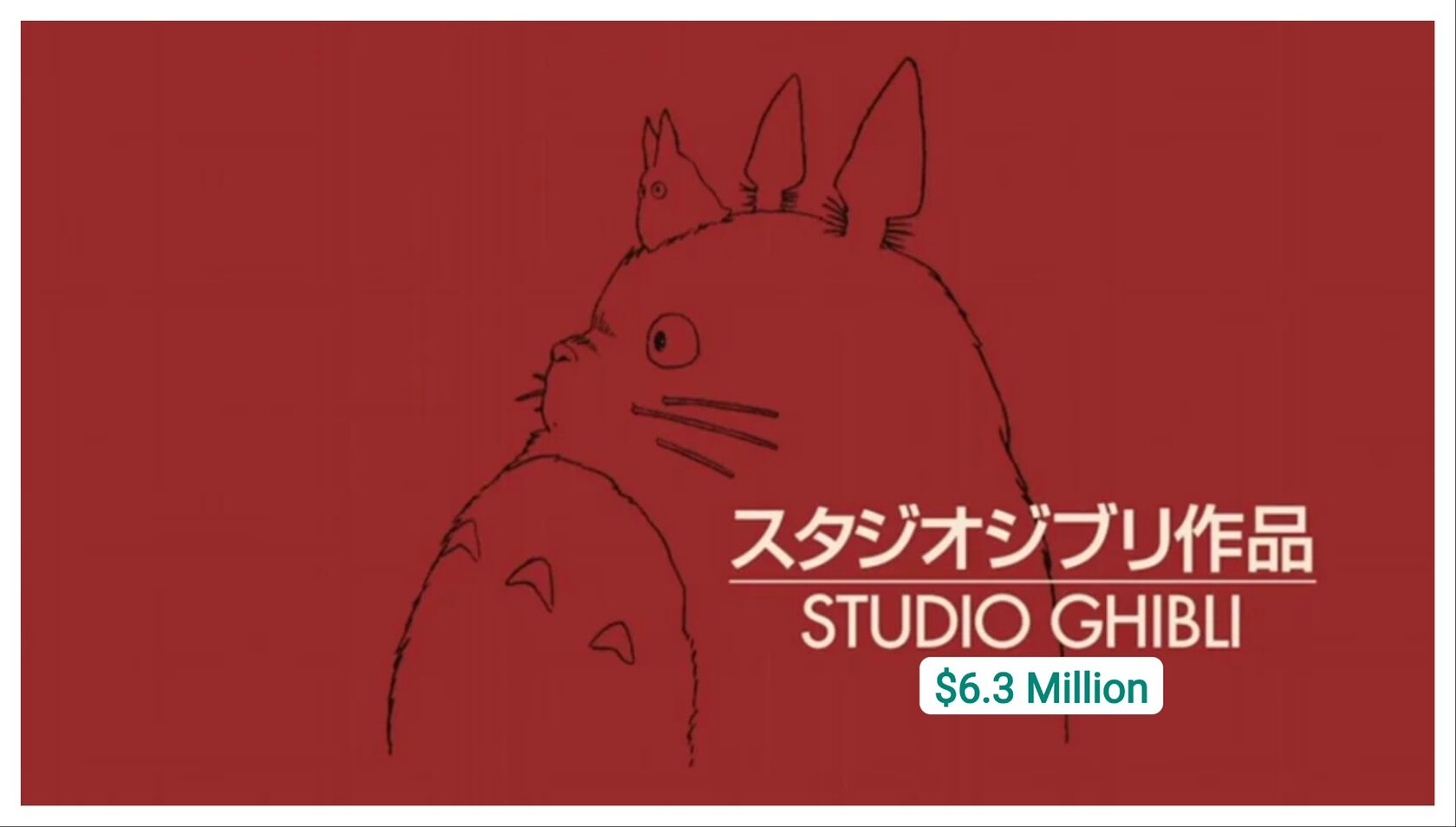
In the ever-evolving world of art and technology, it’s not uncommon for the old to be made new again. But few could have predicted that a wave of AI-generated imagery would help breathe fresh life into one of the most beloved animation studios in the world: Studio Ghibli.
Studio Ghibli, founded by legendary directors Hayao Miyazaki and Isao Takahata, has long been hailed for its richly detailed hand-drawn animation, whimsical characters, and profound storytelling. Films like My Neighbor Totoro, Spirited Away, and Princess Mononoke earned critical acclaim and a loyal global following. But in recent years, especially after Miyazaki’s temporary retirement and the slow output of new films, the studio found itself somewhat in the cultural rearview mirror—fondly remembered, but no longer in the center of mainstream buzz.
That changed, unexpectedly, with the rise of artificial intelligence in art.
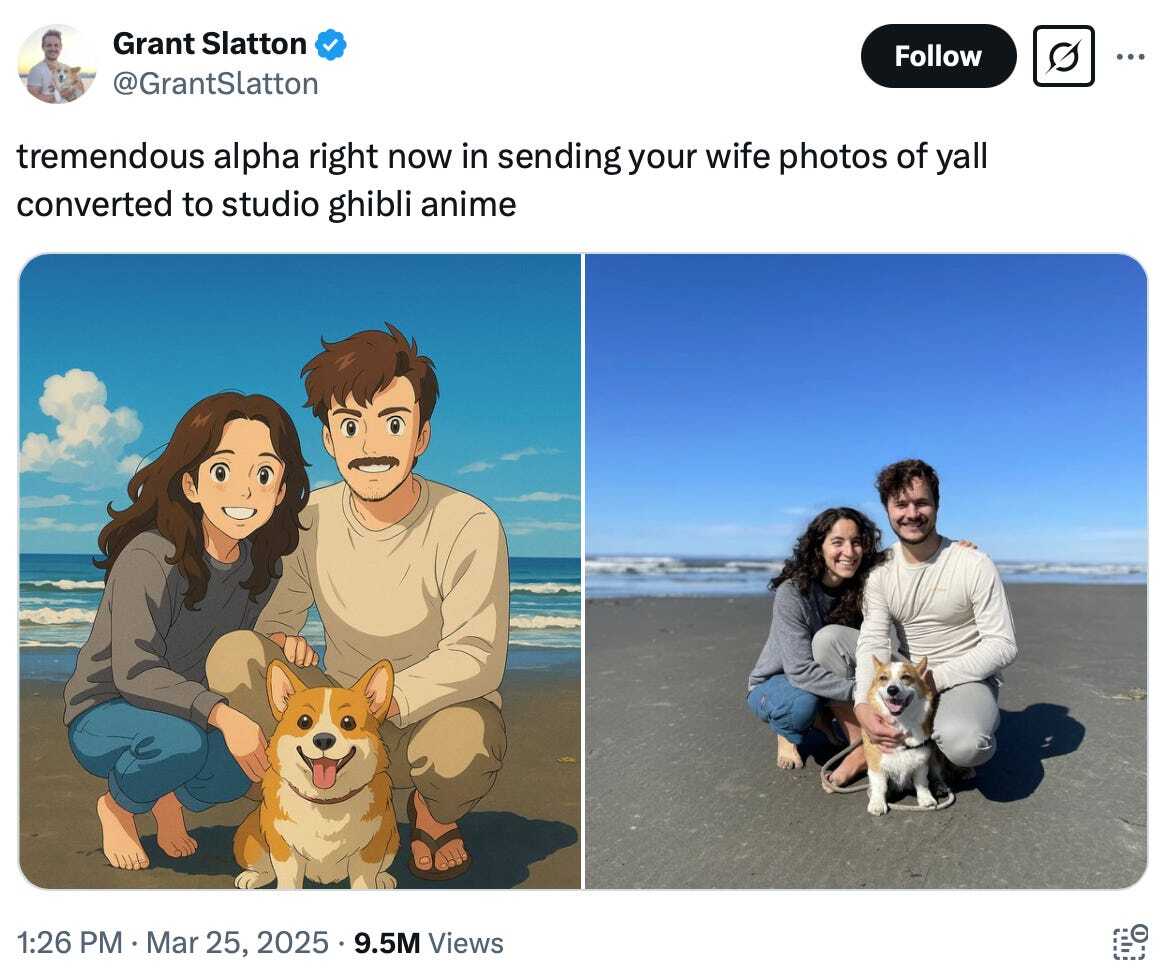
A New Ghibli Renaissance via AI
Across platforms like Instagram, Reddit, and TikTok, a trend began to emerge: artists and hobbyists were using AI tools like Midjourney, DALL·E, and Stable Diffusion to generate images “in the style of Studio Ghibli.” These visuals—fantastical forests, cozy cottages, floating islands, fox-spirits, and serene, dreamlike moments—evoked the unmistakable warmth and wonder of Ghibli’s aesthetic.
The AI-generated art quickly went viral.
From “Ghibli-style” reimaginings of real cities to entire fictional worlds presented as lost films from the studio, the images sparked a massive wave of engagement. Hashtags like #GhibliAI, #AIAnime, and #StudioGhibliStyle began trending. People who had never seen a Ghibli film were suddenly curious. Longtime fans were reminded of what they loved. And a younger generation, native to the digital and AI-enhanced world, started exploring Ghibli’s original works for the first time.
Why It Resonated
What made this AI trend different from typical fan art was its sheer scale and accessibility. With the click of a few buttons and a good prompt, almost anyone could create Ghibli-inspired scenes. This democratization of art gave fans a sense of participation in the Ghibli world. It felt like an invitation to imagine what hadn’t yet been animated—what could be.
The images also sparked nostalgia, reminding older fans of the emotional power of the films they grew up with. Simultaneously, the fresh, digital reinterpretations of the Ghibli “look” made it feel relevant again, bridging the gap between analog beauty and digital speed.
Studio Ghibli’s yearly revenue is estimated to be $24 million. According to BrandValuer, Studio Ghibli’s brand is worth an esteemed $6.3 million.
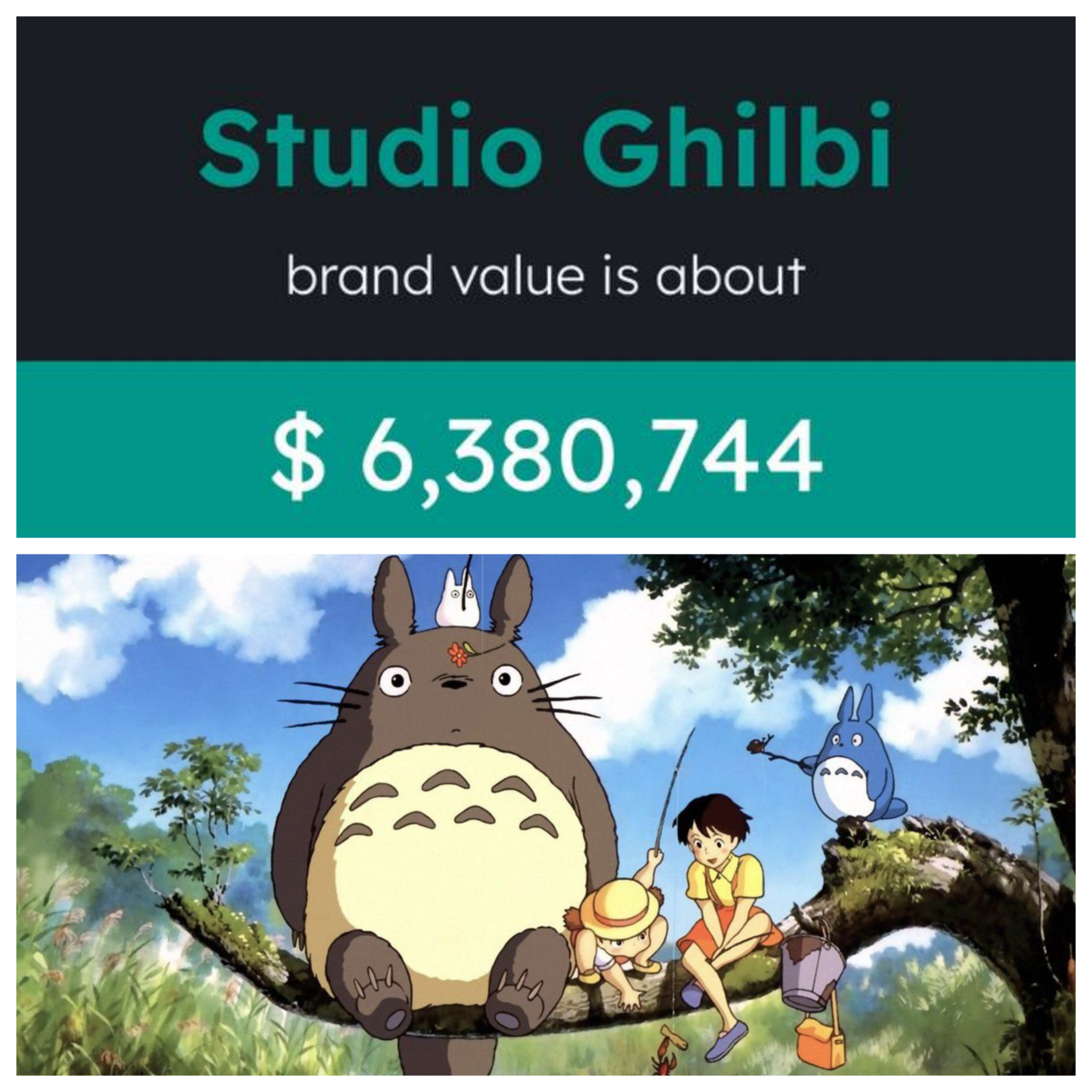
Ghibli Reacts—Silence, Then Subtle Embrace
Initially, Studio Ghibli remained characteristically silent on the AI trend. Known for its traditional approach and skepticism of modern animation shortcuts, it seemed unlikely the studio would endorse anything AI-generated.
However, the buzz was undeniable. As of late 2024, Ghibli has begun to subtly engage with the conversation. Studio events and merchandise have started to lean into the aesthetic popularized by the AI art—softly lit environments, expansive natural backdrops, surreal dreamscapes. Whether deliberate or a happy accident, Ghibli appears to be riding the renewed wave of interest.
And with the release of The Boy and the Heron and rumors of Miyazaki’s next “last” film, the timing couldn’t be better.
The Future of Nostalgic Art
While some purists view AI-generated Ghibli-style images as derivative or even problematic, others see them as a tribute—a celebration of an art style that resonates across generations. More importantly, it shows how technology, rather than replacing human creativity, can rekindle appreciation for it.
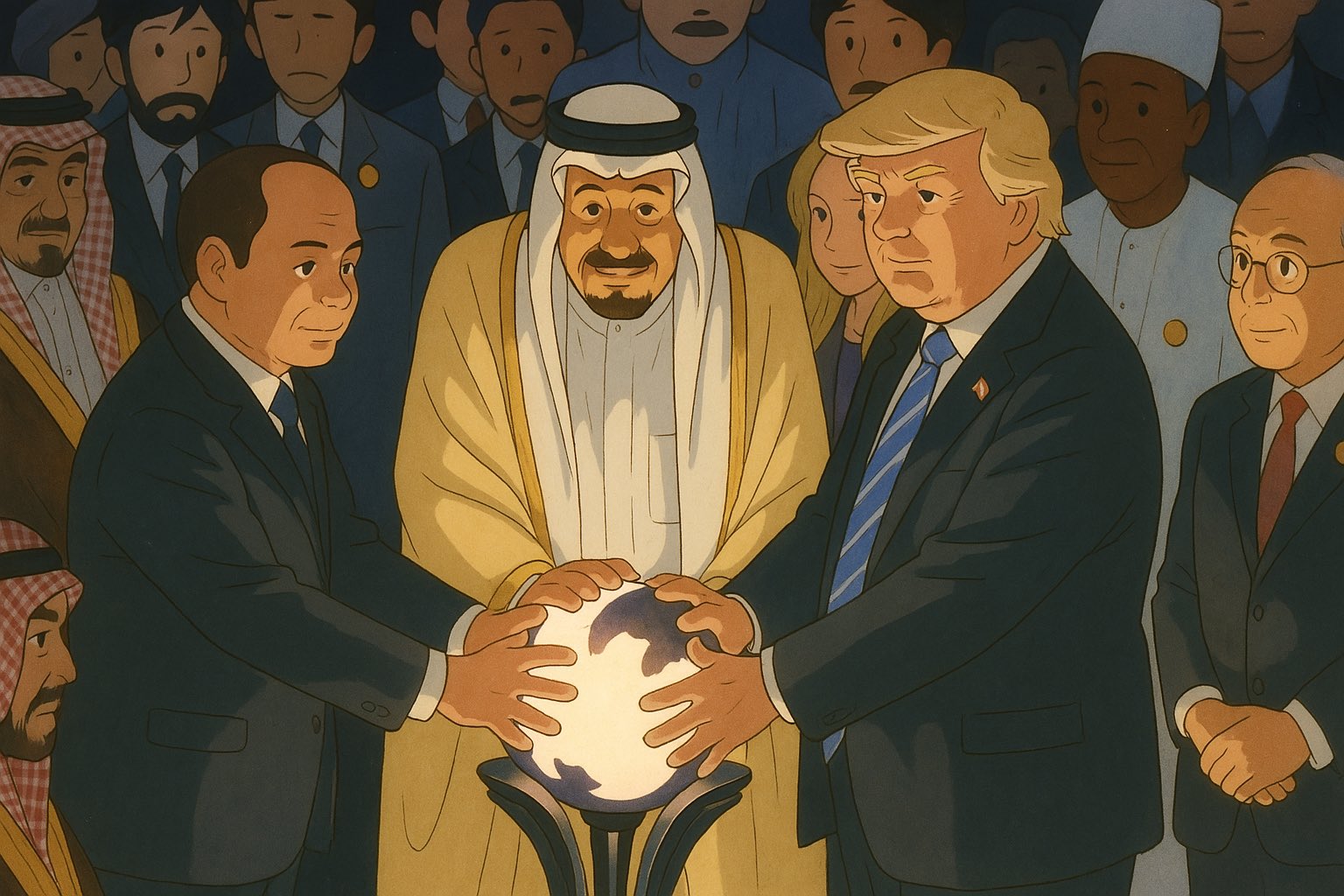
Studio Ghibli may not have embraced AI tools themselves, but there’s no denying that AI helped bring the studio’s magic back into the spotlight.
In an ironic twist, the future—rendered in pixels by machines—has reminded us all why we fell in love with hand-drawn stories in the first place.




